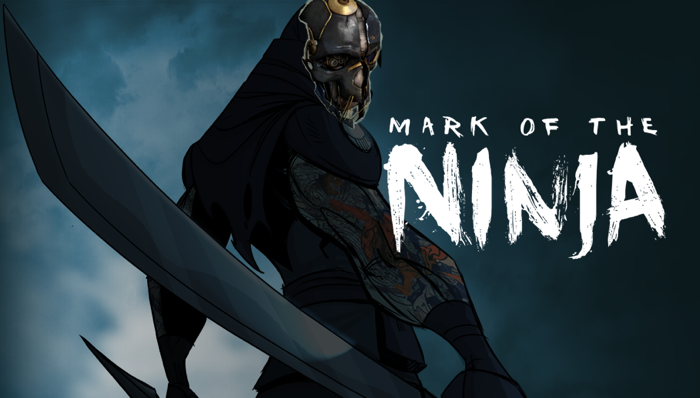
I’ve been feeling rather stealthy lately, playing through Dishonored and Mark of the Ninja over the last few weeks. Playing them back-to-back has contrasted them rather sharply in my mind, though neither title suffers for the comparison. Rather, I’d like to highlight how certain elements of Mark of the Ninja’s design align perfectly with how I like to play stealth games.
Since most stealth games allow for a great deal of player agency, there are many perfectly valid ways of playing them. Some move through the levels like a ghost, others prefer to murder everyone from the shadows. Some are willing to go loud if their stealth is broken, others hide and try again. My preferred approach is to play each scenario as flawlessly as I can. I like to ascertain a situation, determine a strategy, execute it, then figure out how I could have done better. Can I avoid alerting the guards? Use fewer resources? Turn the environment to my advantage? I treat it like a puzzle, playing it over and over to find the optimal path.
In theory, there are “try again” mechanics built into the stealth genre. Your character is weak, so the guards can kill you quickly. Alternately, you escape and wait for the alert to die down. Either way you get a chance to reevaluate your strategy. However, both of those options are time-consuming, and the delay makes it difficult to iterate on a plan. Once you sit through a death animation and loading screen you’ve already forgotten the specifics of your recent failure. I made a point to pick up Dishonored on PC, allowing me to use quicksave and quickload to narrow down my perfect approach.
I didn’t have to micromanage my saves in Mark of the Ninja. The checkpoints are generous and there’s no score penalty for death. When my plan went badly awry, the window for recovery was small; I either died or escaped within a few seconds. There’s no minute-long ambiguous alert state, just clear immediate success/fail feedback. You could say Mark of the Ninja is the Super Meat Boy of stealth games: you die a lot, but you’re already back in game before that has a chance be bothersome. Iterating on a plan isn’t a tedious process when you can immediately begin executing your next idea.
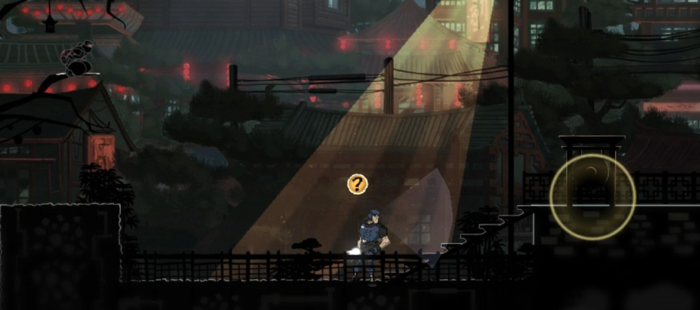
Another element that supports the “puzzle” approach to stealth is predictability. As Anthony pointed out, Mark of the Ninja’s clean 2D presentation and excellent UI make it an exceptionally deterministic game. You have the unlimited ability to freeze time and line up exactly where your ninja distractions are going to land. Vision cones and noise radii sharply visualize the limits of a guard’s awareness. Everything is a known quantity, making failure a fault of planning rather than execution. The ability to know the outcome of individual actions with certainty gives players the confidence to create complex plans.
When I feel comfortable with a stealth game’s mechanics, I often like to invent impromptu challenges for myself. Can I fit all the knocked-out guards into one closet? Can I reach that far ledge with a pile of physics objects? I’m always impressed when the game recognizes and encourages these actions. For instance, I grinned when Dishonored popped up an achievement for reaching the top of Kaldwin’s Bridge.
Mark of the Ninja takes this idea one step further by taunting you with challenges. A prompt appears when you enter a new area, with instructions like: “kill 3 gasmask guards while they are walking in poison gas”. It’s entirely optional and rather difficult to pull off, but who can resist the temptation to try! The fact that this challenge exists is also a hint to new players: here’s something fun you didn’t know you could do. Completing challenges helps reinforce the player’s knowledge of how certain game mechanics interact. Reifying the made-up challenges that experienced stealth gamers give themselves helps encourage an improvisational mindset in every player.
Mark of the Ninja is a spectacular game, one that makes stealth mechanics accessible and readable without reducing their complexity. Furthermore, it support the puzzle-like stealth experience that I love: figuring out a plan then executing it flawlessly. I can’t wait to see what Nels and the team at Klei come up with next.
Oh, and I completely agree with RPS: the ninja protagonist should be named Mark.

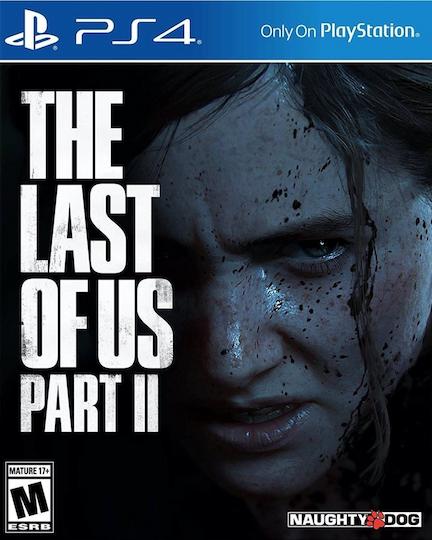
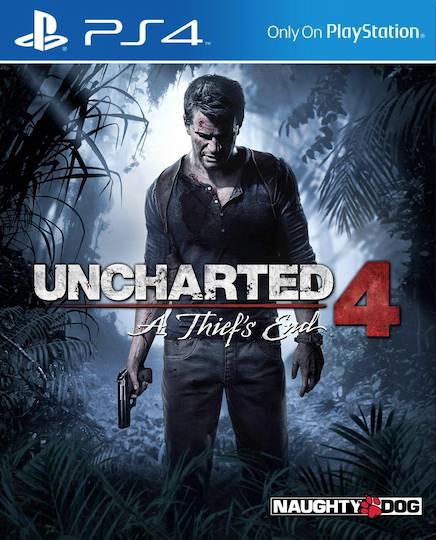
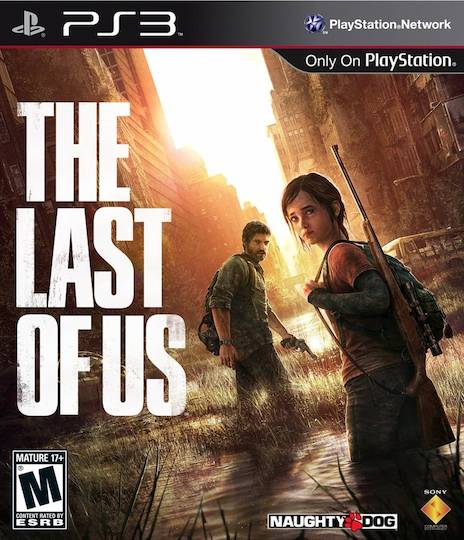
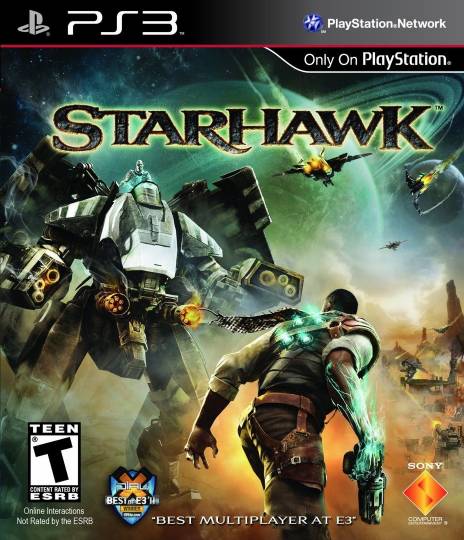
November 5th, 2012 at 3:26 pm
It’s such a smooth game, until you need to pickpocket something.